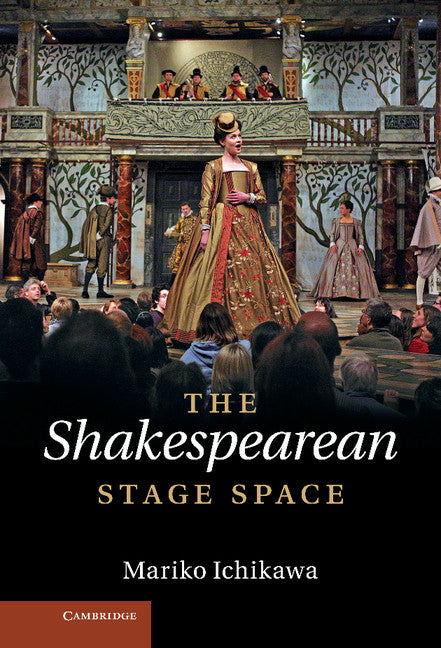Freshly Printed - allow 6 days lead
Couldn't load pickup availability
The Shakespearean Stage Space
The Shakespearean Stage Space explores the original staging of plays by Shakespeare and his contemporaries in Renaissance playhouses.
Mariko Ichikawa (Author)
9781107020351, Cambridge University Press
Hardback, published 6 December 2012
236 pages, 8 b/w illus. 1 table
22.9 x 15.2 x 1.7 cm, 0.52 kg
'This is a book for those who like thinking in detail about staging questions … Ichikawa has read an impressive number of plays from the period, and she writes with a keen sense of the limits of our knowledge of early modern stage practice. Her book is a real if modest contribution to theater studies and helps its readers think again about where on the stage Malvolio is imprisoned, how the Player King's body in Hamlet was gotten off the stage, and whether the upper stage was used for playing music before the introduction of formal music rooms.' Renaissance Quarterly
How did Renaissance theatre create its powerful effects with so few resources? In The Shakespearean Stage Space, Mariko Ichikawa explores the original staging of plays by Shakespeare and his contemporaries to build a new picture of the artistry of the Renaissance stage. Dealing with problematic scenes and stage directions, Ichikawa closely examines the playing conditions in early modern playhouses to reveal the ways in which the structure of the stage was used to ensure the audibility of offstage sounds, to control the visibility of characters, to convey fictional locales, to create specific moods and atmospheres and to maintain a frequently shifting balance between fictional and theatrical realities. She argues that basic theatrical terms were used in a much broader and more flexible way than we usually assume and demonstrates that, rather than imposing limitations, the bare stage of the Shakespearean theatre offered dramatists and actors a variety of imaginative possibilities.
1. Playhouses, play texts and the theatrical language
2. 'Maluolio within'
3. 'Music within' and 'Music above'
4. Were the doors open or closed?
5. 'Enter Brutus in his Orchard'
6. What to do with onstage corpses?
Conclusion: the Shakespearean stage space and stage directions.
Subject Areas: Shakespeare studies & criticism [DSGS], Literary studies: c 1500 to c 1800 [DSBD], Theatre direction & production [ANF], Theatre studies [AN]


